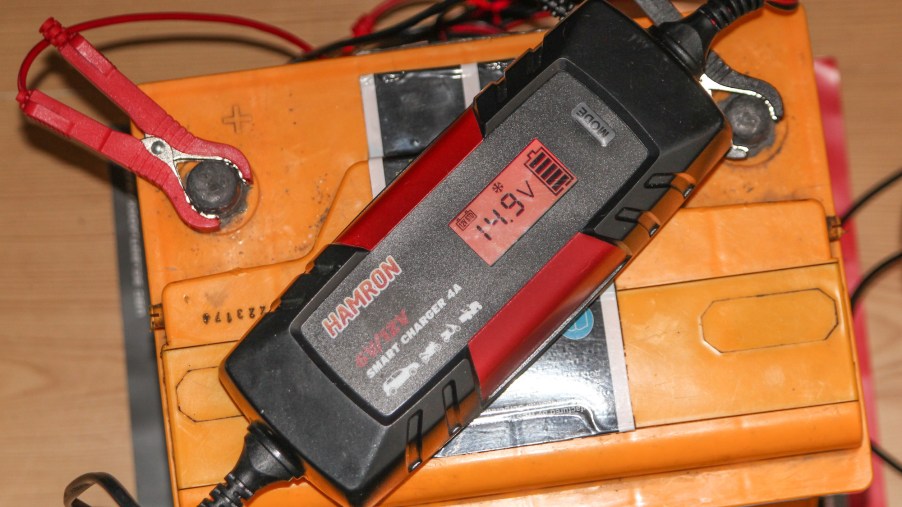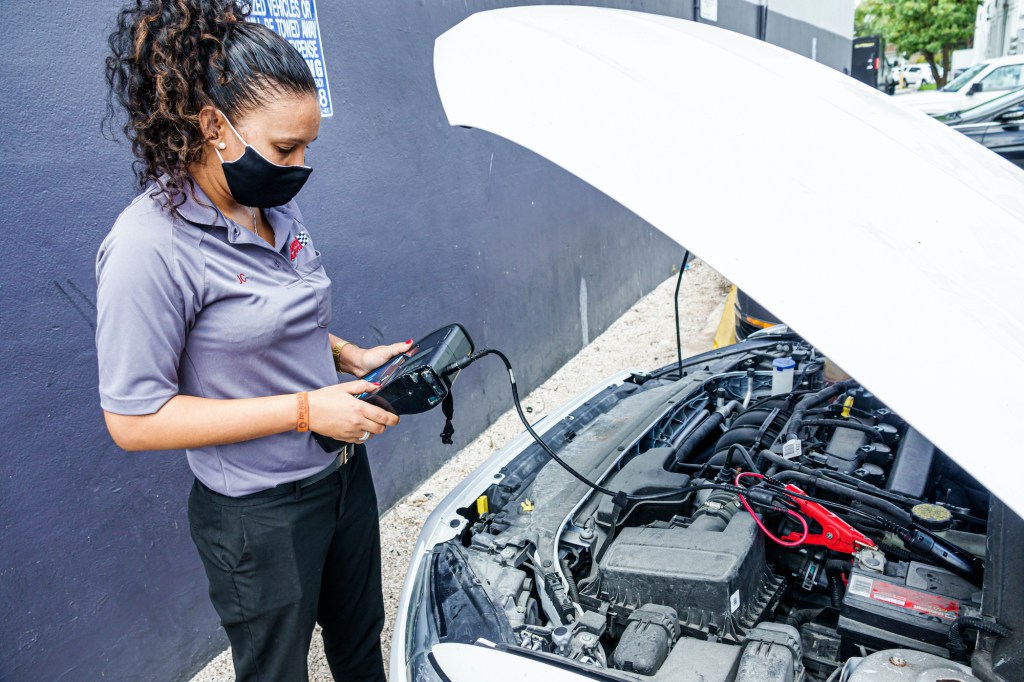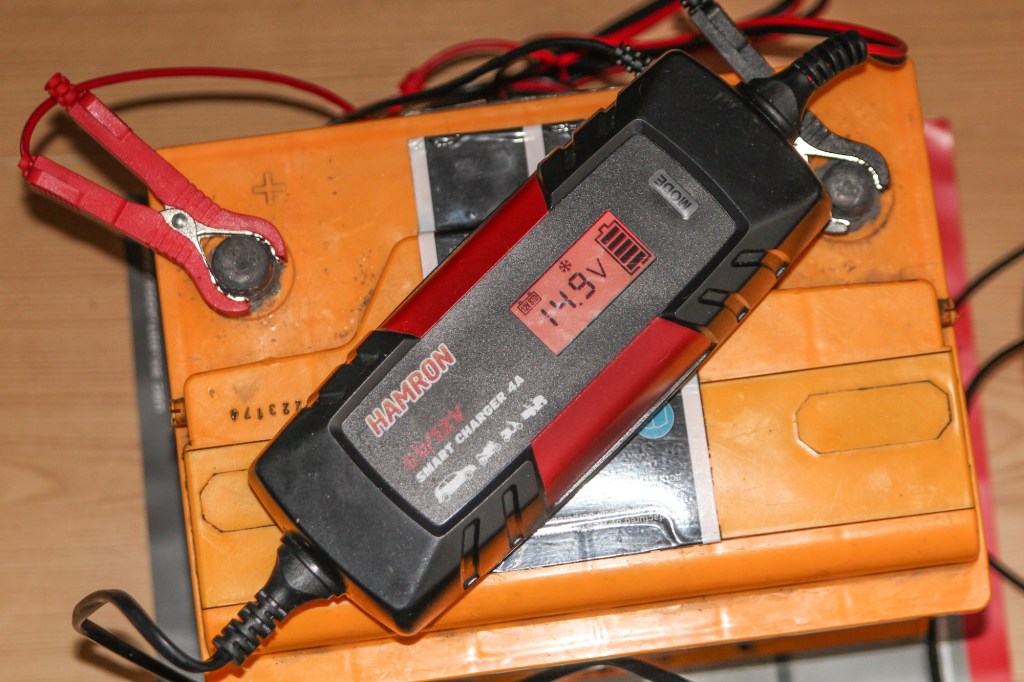
How Do You Check for a Parasitic Draw on a Car?
Have you ever gone out to your car to start it up, only to be met with flickering lights and a clicking sound? That most likely means that your car’s battery is dead. But what if it happens every day? If so, then you might need a new battery or the car could have a parasitic draw. Let’s say the battery ends up testing as good, how do you check the car for a parasitic draw?
What is a parasitic draw?

A parasitic draw is when the car has a constant drain on the battery even after the car has been switched off. Some parasitic draws are slower than others, however, they are always caused by a short circuit or an electrical device that remains “on” after the ignition is shut off, according to Axle Addict.
Some of the main causes of a parasitic draw include:
- Aftermarket radio equipment
- An aftermarket alarm system
- A dome light
- Faulty battery
- Alternator diode
How do you test for a parasitic draw?
If you suspect that your car has a parasitic draw then you can conduct a test using a multimeter and a few other simple tools. The test itself can take a few hours, so be sure you do this check when your schedule is cleared. Here are the tools that you’ll need:
- A multimeter – Must have an Amp (DC) reading of at least 10 amps
- 8mm and 10mm sockets and wrench to remove the battery terminals
- Needle-nose pliers or fuse puller
- Zip ties or small clamps
The parasitic draw test itself is simple and straightforward, but time-consuming. Having a friend to help could be useful, but it’s not really necessary.
Diagnosing the battery drain

When conducting a parasitic draw test, you’ll need to check all of the fuse boxes in your car. Keep in mind that every car is different, so you might have two fuse boxes in the engine compartment and one on the driver’s side interior panel. However, some cars have multiple fuse boxes in the interior panels. Be sure to check your specific car’s wiring diagram first.
- Step 1: Remove the negative battery cable. You can do the test on the positive cable, but it’s much easier and safer using the negative side.
- Step 2: Turn on the multimeter and make sure it’s set for DC, not AC. Choose 10A or 20A and make sure the leads are in the correct locations. Then put one of the multimeter’s leads on the negative battery post and the other on the disconnected battery terminal. Use the zip ties or clamps to keep the leads secure.
- Step 3: Start removing and replacing fuses while checking the multimeter for a drop in Amps. Move to the interior fuse panel and check those as well.
- Step 4: When you finally pull a fuse that makes the Amps drop significantly, then you have found the culprit. However, keep in mind that this test will point you in the right direction (like the alternator, for example), but you’ll still need to fix the main issue.
- Step 5: Replace the negative battery cable
Some tips before you get started
Before you start the parasitic draw test, remember to charge the battery completely first in order to get an accurate reading. Also, since you’re testing the car for a draw when the car has been off for a while, make sure to unplug any accessories you have in the car with the ignition off and let it sit for at least an hour. By doing so, you’ll effectively recreate the scenario where the car has been sitting with a draw on the battery.



